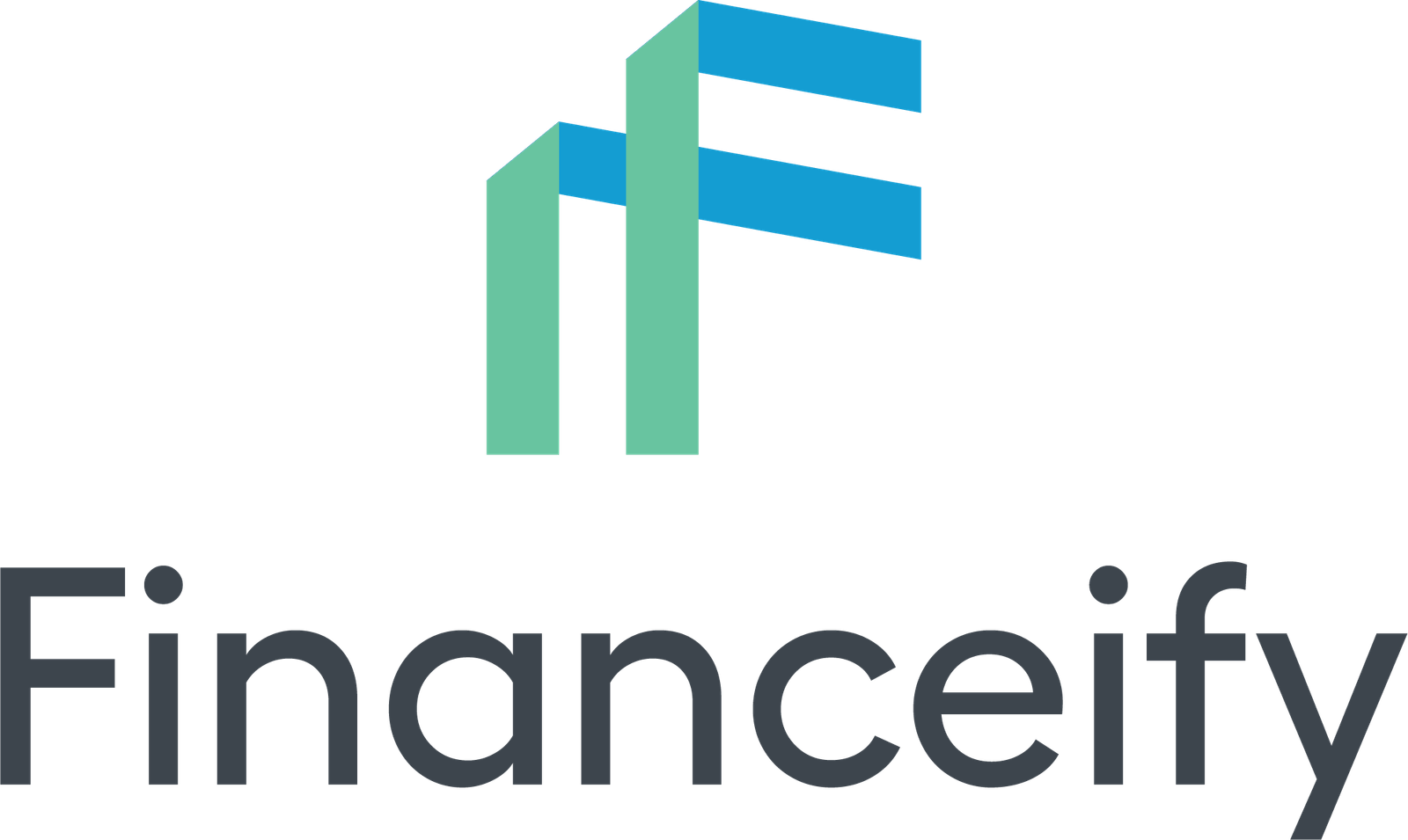Charities and tax experts alike are excited about the new opportunities opened up by the changes announced in the federal budget.
The decision to completely eliminate capital gains tax on donations of publicly traded securities to charity – an area where many advisors are still afraid to engage with their clients – has brought charitable giving directly into the realm of financial planning.
For those with a philanthropic streak, this new measure has a direct impact on cash flow and includes some simple strategies that will result in significant tax savings in the future.
Under previous rules, only 25% of capital gains from stock donations were treated as taxable income. TD Economics says that after the rule was implemented in 1997, gifts of publicly traded securities increased from $69.1 million to $200.3 million. The share of securities in the total number of donations increased from 1.6% to 3.9%.
Malcolm Burrows, head of philanthropic advisory services at Scotia Private Client and chair of government relations for the Canadian Association of Gift Planners, says the development has been an exceptionally important factor in the growth of the charitable sector over the past 10 years. “For the last ten years, giving in Canada has grown twice as fast as GDP,” he says. “It is a major growth sector in society.
“One reason is that people are handing over assets like stocks for the first time.” Between 1995 and 2004, charitable donations increased by 85%. He says that number has only increased by 25% in the last 10 years.
In his budget speech, Finance Secretary Jim Flaherty said eliminating the capital gains tax on gifts would help create a gift pool of about $300 million a year that could be used to support charitable causes. “I think it’s a poor result,” Burrows says. “It is a cyclical phenomenon; it depends on market conditions. During a three-year bull market, there is a sudden opportunity to do just that.
“I think this year the transfer of securities could be between $600 million and $1 billion. I know it’s uncertain, but I truly believe that given current economic conditions, these incentives and stock market conditions, we could be in for a perfect storm this year.”
50-50
Clients with highly valued stocks, mutual funds or segregated funds who plan to donate a portion of their cash flow to charity can take advantage of the new provision by specifying which holding they would like to liquidate, donate half to a charity of their choice, and then sell the other half and keep the proceeds for your own use. Charitable tax relief effectively eliminates capital gains tax payable on shares sold.
For example, Jamie Golombek, vice president of tax and estate planning at AIM Trimark Investments, says a client in the highest tax bracket with $100,000 worth of stock that he bought for $20,000 would owe about $18,000 in taxes if he sold the shares immediately. Using Burrows’ proposed scenario, the client could donate half of that amount and generate a $14,474 federal charitable tax credit, which could then be included in the client’s income tax bill, which includes the $9,000 tax due on stock gains customer sold.
“There are lots of additional tax savings that translate to other parts of their portfolio. People are like that,” Burrows says. “It’s really very simple, there’s nothing fancy about it, and the tax numbers are pretty nice.”
“Even if you don’t want to sell those shares because you think they have future potential, you can donate them to charities, realize the tax savings, get a tax receipt, and then buy them back on the open market,” Golombek says. “There is no superficial profit rule that says you have to hold a stock for 30 days.”
The option, presented by Golombek during an advisor conference call earlier this week, allows clients to fund charitable donations using tax-free assets rather than family cash flow subject to income tax. “Profit is still a matter of disposition, but you can certainly buy back shares,” he says. “You eliminate the capital gains tax and now have an increased adjusted cost basis based on the value of the shares you repurchase.”
Employee stock options
An interesting but little-noticed provision in the budget now allows employees with “non-cash” stock options to make charitable donations on the same preferred tax basis.
Cashless exercise is an arrangement with a company that allows an employee to exercise stock options without having to borrow money to actually purchase the company’s stock. Under the agreement, the company’s brokerage will buy shares on the employee’s behalf at the option price, then sell them back to the market and give the employee a check for the difference. The cash was then taxed as capital gain.
|
>> Related articles… |
|
|
The new budget provision allows the employee to donate cash proceeds from sales to charity. “It’s a coup. The gift portion is not taxable, which is very neat. It’s a very little-known solution,” Burrows says. “Under the old rules, I couldn’t give cash and get a lower capital gains inclusion rate. Gifts of stock yes, but not gifts of cash. This is where you can actually hand over the cash that comes from exercising your options.”
Filed by Kate McCaffery, Advisor.ca, kate.mccaffery@advisor.rogers.com
(08/05/06)


